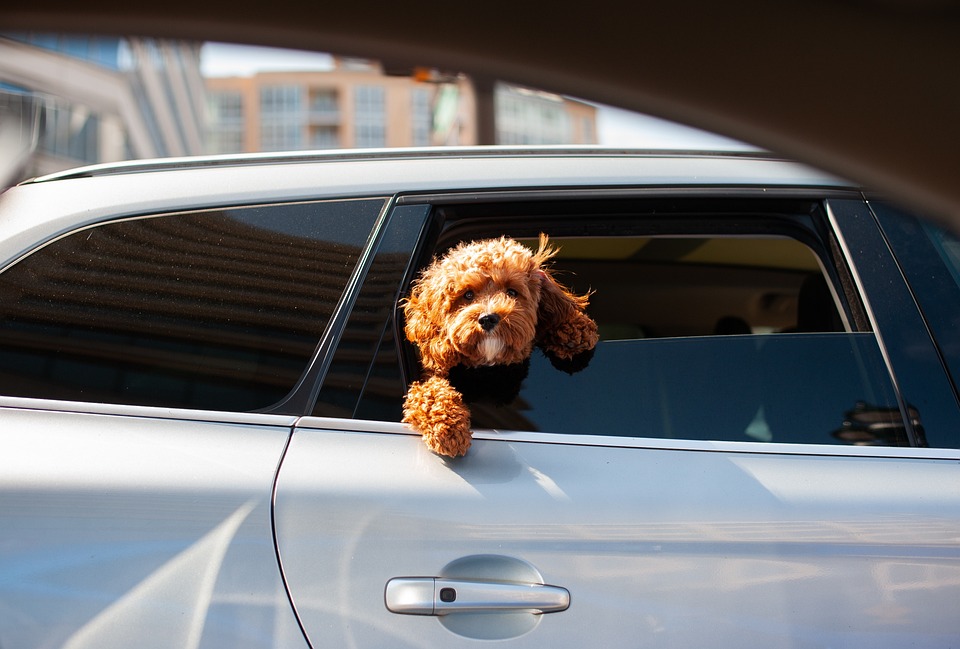Regularly checking and cleaning your dog’s paws is an important part of their overall health and well-being. By taking the time to care for your dog’s paws, you can prevent infections, maintain healthy nails, and prevent paw pad problems. In this article, we will discuss the importance of paw care, provide a step-by-step guide to cleaning your dog’s paws, and answer some frequently asked questions.
Why Regular Paw Care is Important:
1. Protecting against infections: Dogs come into contact with various surfaces, including dirt, grass, and potentially harmful substances. Regular paw care helps remove any foreign objects, debris, or bacteria that may have accumulated, reducing the risk of infections such as fungal or bacterial paw diseases.
2. Maintaining healthy nails: Overgrown nails can lead to discomfort and potential injuries. By regularly checking and trimming your dog’s nails, you can prevent them from becoming too long, reducing the risk of painful nail-related issues.
3. Preventing paw pad problems: Your dog’s paw pads are sensitive and can be prone to issues such as dryness, cracking, or burns. Regular care helps keep the paw pads moisturized, preventing dryness and minimizing the risk of painful conditions.
4. Early detection of issues: Consistent paw checks allow you to detect any abnormalities, such as cuts, wounds, or swelling, at an early stage. This enables prompt intervention and appropriate treatment, preventing further complications.
Step-by-Step Guide to Cleaning Your Dog’s Paws:
1. Find a suitable location: Choose a comfortable and quiet area where you can clean your dog’s paws without distractions.
2. Gather the necessary supplies: Prepare a towel, lukewarm water, a mild pet-friendly shampoo or cleanser, and a container large enough to soak your dog’s paws.
3. Gently soak your dog’s paws: Fill the container with lukewarm water and gently place one of your dog’s paws into it. Make sure the water level is just high enough to cover the paw but not so deep that it causes discomfort.
4. Cleanse the paw: Apply a small amount of pet-friendly shampoo or cleanser to your hands and gently massage the paw, paying close attention to the area between the toes and paw pads. Use a soft-bristled brush, if necessary, to remove any dirt or debris.
5. Rinse thoroughly: Once the paw is clean, rinse it well under lukewarm running water, ensuring all soap residue is removed.
6. Dry the paw: Gently pat the paw dry with a towel, being careful not to rub or irritate the area.
7. Repeat the process: Continue steps 3 to 6 for each of your dog’s remaining paws, giving them equal attention and care.
Frequently Asked Questions (FAQs):
1. How often should I clean my dog’s paws? Ideally, you should clean your dog’s paws after each walk or outdoor play session, especially if they have been in dirty or potentially contaminated areas. However, a thorough paw cleaning at least once or twice a week is generally sufficient for most dogs.
2. Can I use regular human shampoo to clean my dog’s paws? No, it is crucial to use a mild pet-friendly shampoo or cleanser specifically formulated for dogs. Human shampoos may contain ingredients that can be harmful or irritating to your dog’s sensitive skin.
3. My dog dislikes having their paws touched. How can I make the cleaning process easier for both of us? Gradual desensitization can help. Start by simply touching your dog’s paws without attempting to clean them. Reward with treats and praise to create positive associations. Gradually introduce the cleaning process, taking small steps and rewarding your dog’s cooperation.
4. What signs should I look for that may indicate paw problems? Watch out for limping, excessive licking or chewing of the paws, redness, swelling, discharge, or any changes in your dog’s walking or running behavior. If you notice any of these signs, consult your veterinarian for a thorough examination.
Conclusion:
Regularly checking and cleaning your dog’s paws is an essential aspect of responsible pet ownership. By prioritizing paw care, you can prevent infections, protect against potential complications, and ensure optimal paw health for your beloved furry companion. Remember to be patient and gentle during the cleaning process, and always seek professional advice if you notice any concerning signs or symptoms. Your dog’s paws will thank you for the extra love and care!









